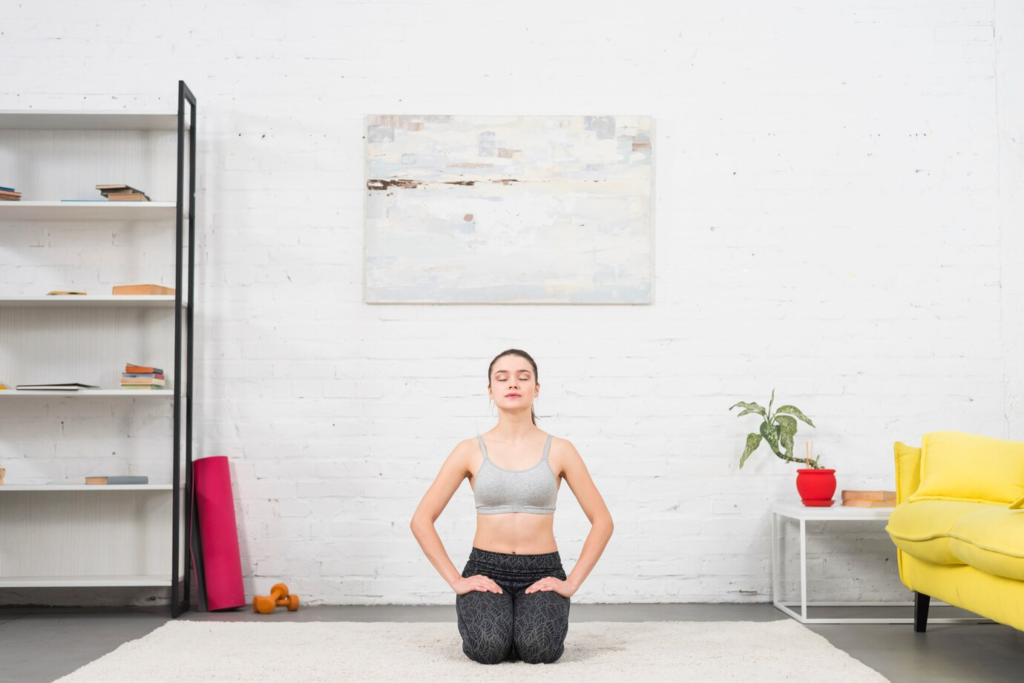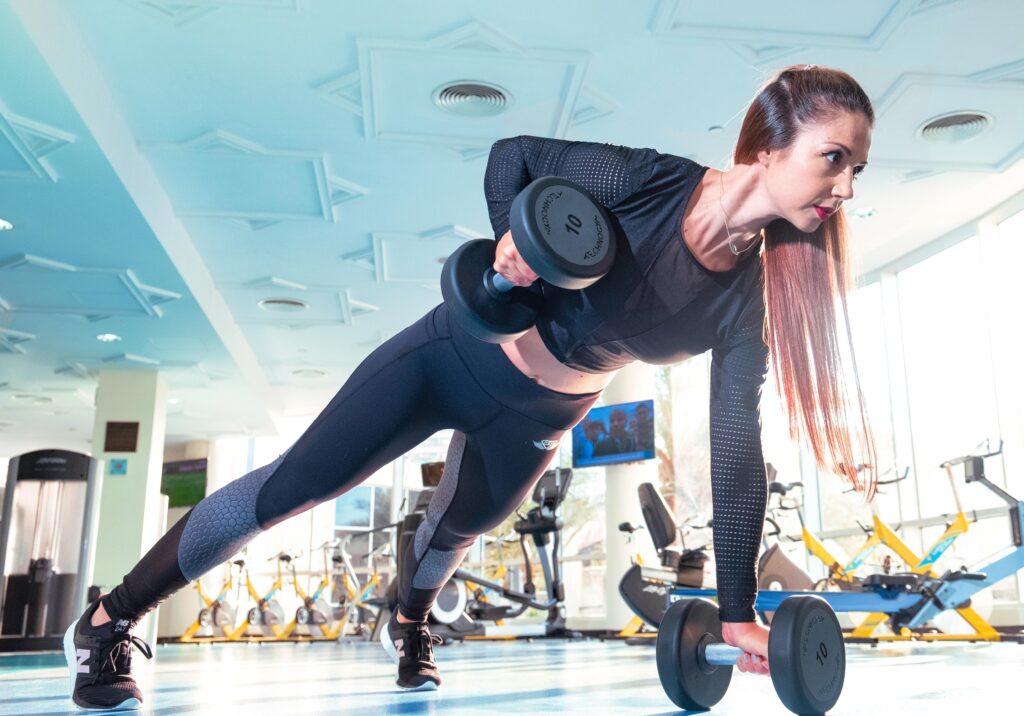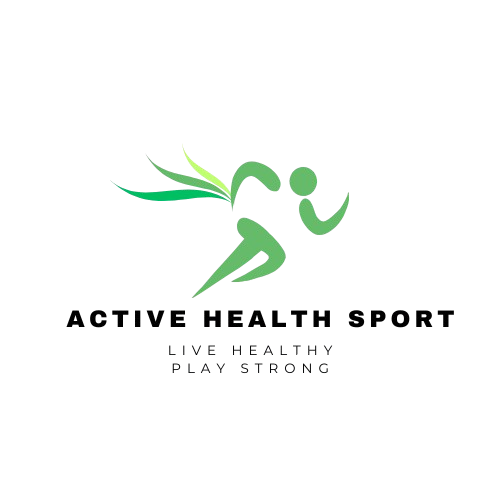Introduction | Fitness and Mental Health in Winter
Seasonal Affective Disorder (SAD) is a condition that impacts millions of people, particularly during the colder months when shorter daylight hours and reduced sunlight can lead to symptoms such as persistent fatigue, low mood, and a lack of motivation. These changes often disrupt routines, leaving many feeling unproductive and overwhelmed.
While traditional treatments like light therapy, counseling, and medication are widely recommended, one highly effective yet often overlooked solution is incorporating regular fitness activities. Exercise is more than just a physical remedy, it provides psychological and emotional benefits, acting as a natural antidote to SAD symptoms.
Engaging in even moderate levels of activity can help stabilize mood, boost natural energy, and promote mental clarity. In this blog post, we’ll delve into the science behind fitness and SAD, highlight the best winter-friendly workouts, and offer practical tips for staying active even when cold and dreary outside. With the right approach, you can transform your winter blues into an empowering season of self-care and vitality.
Understanding Seasonal Affective Disorder (SAD)
SAD is a type of depression linked to seasonal changes, primarily during fall and winter. Symptoms include:
- Persistent sadness or low energy.
- Difficulty concentrating.
- Oversleeping or changes in appetite.
- Reduced interest in activities once enjoyed.
The lack of sunlight in winter disrupts your body’s circadian rhythm and reduces serotonin levels, a hormone that regulates mood. Exercise, however, is a natural way to counteract these effects.
How Fitness Improves Symptoms of SAD
Boosts Serotonin and Endorphins
When you exercise, your brain releases serotonin and endorphins, often referred to as “feel-good” chemicals. These neurotransmitters play a crucial role in regulating mood, alleviating symptoms of depression, and reducing anxiety.
For those struggling with SAD, regular physical activity acts as a natural antidepressant by directly countering the chemical imbalances triggered by reduced sunlight. Aerobic exercises like walking, cycling, or even dancing can provide an immediate mood lift and long-term emotional benefits, helping you feel more balanced and positive during the winter months.
Regulates Sleep Patterns
Seasonal Affective Disorder often disrupts sleep cycles, leading to either insomnia or excessive sleeping. Exercise can help regulate melatonin production, the hormone responsible for sleep. When combined with the serotonin boost from physical activity, it helps normalize circadian rhythms, improving the quality and duration of sleep.
Consistent exercise, even light activities like yoga or stretching, can reduce nighttime restlessness and make it easier to wake up feeling refreshed. Better sleep contributes to more stable energy levels and emotional resilience throughout the day.
Increases Energy Levels
Fatigue and lethargy are hallmark symptoms of SAD, often making it difficult to stay motivated. However, physical activity can break this cycle. Engaging in a 20–30-minute workout increases oxygen flow, enhances blood circulation, and stimulates the production of mitochondria, the energy powerhouses of your cells.
These physiological effects work together to boost your energy levels, combat winter sluggishness, and make it easier to tackle daily tasks with renewed vigor. Even low-impact exercises like brisk walking or gentle cycling can make a noticeable difference in how energized you feel.
Promotes Social Interaction
Winter can often feel isolating, particularly for those affected by SAD. Joining a group fitness class, participating in a recreational sports league, or even inviting friends for a walk or yoga session can provide much-needed social interaction.
These activities not only encourage accountability but also foster a sense of belonging and emotional support. Being around others who share similar goals can lift your spirits and make your fitness journey more enjoyable, easing the loneliness that often accompanies the winter season.
What are the Best Types of Fitness for Managing SAD?
1. Cardio Workouts for a Mood Boost
Cardiovascular exercises such as jogging, cycling, or brisk walking are excellent for enhancing serotonin levels. They also combat the winter blues by improving circulation and warming the body.
2. Yoga and Stretching for Mind-Body Balance
Yoga combines physical movement with mindfulness, helping to reduce anxiety and promote relaxation. Stretching exercises release tension and improve overall flexibility.

3. Strength Training for Confidence
Strength training boosts physical and mental resilience, building confidence while promoting the release of endorphins.
4. Outdoor Workouts for Natural Light Exposure
Activities like hiking or snowshoeing combine exercise with exposure to natural light, which can help regulate your circadian rhythm and improve Vitamin D levels.
5. Indoor Fitness for Comfort
If outdoor workouts aren’t feasible, consider home-based routines like dance fitness, Pilates, or online workout programs.
Also Read the Latest: Why Jump Rope Is 2025’s Best Full-Body Workout
Overcoming Common Winter Fitness Barriers
Lack of Motivation
Winter’s shorter days and colder temperatures can sap your enthusiasm for exercise. To overcome this, focus on setting small, achievable goals that keep you moving forward. For instance, aim to complete a 15-minute workout three times a week rather than committing to long sessions initially.
Tracking your progress with a fitness journal or app can also provide a sense of accomplishment and inspire you to stick with your routine. To further boost motivation, consider working out with a friend or joining a virtual fitness class to make exercising more engaging and enjoyable.
Limited Outdoor Opportunities
Icy sidewalks and freezing temperatures can make outdoor workouts challenging, but you don’t have to put fitness on hold. Investing in basic indoor fitness equipment like resistance bands, dumbbells, yoga mats, or a stationary bike can help you stay active in the comfort of your home. Explore indoor activities such as bodyweight exercises, stretching routines, or dance workouts.
For those missing the outdoors, virtual fitness apps often offer immersive experiences like simulated hiking or cycling through scenic locations, allowing you to maintain your connection to nature from indoors.
Busy Schedules
The winter months can be hectic, especially with work commitments and holiday preparations. However, even the busiest schedule can accommodate short bursts of exercise. A quick 10–15 minute workout during lunch breaks, while watching TV, or between tasks can be highly effective.
Consider routines that require minimal setup, like high-intensity interval training (HIIT), quick yoga flows, or simple stretching sequences. Planning your workouts in advance, such as scheduling them into your calendar, ensures they don’t get sidelined. These small yet consistent efforts can help you maintain your fitness while juggling other responsibilities.
Tips for Staying Active During Winter
1. Schedule Your Workouts
Plan your exercise sessions at the same time each day to build a routine, whether it’s a morning yoga class or an evening walk.
2. Find a Fitness Buddy
Having a workout partner can keep you accountable and make exercising more enjoyable.
3. Layer Up
Invest in warm, breathable workout gear to stay comfortable while exercising outdoors in cold weather.
4. Reward Yourself
After a workout, treat yourself to a healthy snack or a relaxing bath to reinforce the positive habit.
5. Join a Class
Fitness classes provide structure, social engagement, and motivation, especially during the dreary winter months.
Also Read: How to Stay Active During Winter

The Long-Term Benefits of Fitness for SAD
1. Improved Resilience
Over time, regular exercise builds physical and mental resilience, helping you cope better with stress and seasonal changes.
2. Enhanced Self-Esteem
The sense of accomplishment from maintaining a fitness routine boosts self-esteem, even in challenging winter months.
3. Better Overall Health
Exercise strengthens your heart, reduces the risk of chronic diseases, and supports a healthy immune system, benefits that extend beyond SAD management.
4. Consistent Energy
Staying active ensures you maintain consistent energy levels, reducing winter sluggishness.
Real Stories | How Fitness Helped Individuals Manage Seasonal Depression
At Active Health Sport, we often hear from individuals who’ve transformed their lives by incorporating fitness into their routines, especially during the darker, colder months. Below are three inspiring stories that highlight just how powerful regular physical activity can be in combating Seasonal Affective Disorder (SAD).
1. Aloza Seth – Boston, Massachusetts
Aloza, a 29-year-old graphic designer, began experiencing severe fatigue, mood dips, and motivation loss every winter. Initially attributing it to burnout, she soon realized it was something deeper, Seasonal Affective Disorder. After consulting with her therapist, she decided to commit to a simple indoor fitness routine: 20 minutes of yoga and resistance band exercises each morning.
Within three weeks, Aloza began noticing positive changes. “My mornings didn’t feel like a drag anymore. Movement gave me a sense of control,” she shared. She now swears by daily stretching, occasional dance cardio, and walking meetings—tools that help her mentally and physically thrive through New England’s long winters.
2. Takiyar Javas – Minneapolis, Minnesota
Living in one of the coldest cities in the U.S., Takiyar, a 41-year-old school counselor, was no stranger to the “winter blues.” However, two years ago, his symptoms escalated to full-blown SAD, lethargy, weight gain, and isolation. That’s when he joined a local indoor sports league and committed to working out at a nearby community center three times a week.
“I went from barely getting off the couch to looking forward to evening volleyball games,” Takiyar said. The social aspect combined with consistent physical movement helped restore his energy, mood, and motivation. He now advocates for workplace wellness and encourages his students to stay active in winter too.
3. David William – Portland, Oregon
David, 52, a freelance writer and nature enthusiast, had always loved the outdoors. But the grey skies of Oregon winters made it hard to stay upbeat. He experienced difficulty sleeping, low energy, and disinterest in writing, his lifelong passion.
With a doctor’s advice, David began integrating nature walks, stationary biking, and light therapy alongside morning workouts. Over time, the blend of cardio and natural light exposure worked wonders. “Fitness became a mood lifter for me,” he said. “I regained mental clarity and felt more aligned with myself, even during the darkest days.”
These stories reflect a powerful truth: fitness is a lifeline for emotional resilience during seasonal shifts. If you’re struggling with SAD, know that small, consistent steps toward physical activity can lead to big changes in your mental well-being.
Final Thoughts | Take Control of SAD with Fitness
Seasonal Affective Disorder (SAD) can feel overwhelming, with its impact stretching across mood, energy levels, and daily motivation. However, fitness offers a powerful and natural way to combat its symptoms, bringing light to even the darkest winter days.
The beauty of fitness lies in its versatility; it doesn’t require fancy equipment or extensive time commitments. Whether it’s a brisk morning walk, a rejuvenating yoga session, or a quick strength-training routine, these small steps can lead to monumental changes in your physical and mental health. Moreover, regular exercise regulates sleep patterns, boosts feel-good hormones, and offers a therapeutic outlet for stress, creating a holistic approach to managing SAD.
At Active Health Sport, we believe in empowering you to prioritize your mental and physical health, regardless of the season. Start with achievable goals and build on them as you feel stronger and more confident. Remember, consistency is key; even a 10-minute workout can make a difference over time.
You might also like…
- Why a Digital Detox Before Bed Can Fix Your Sleep Faster
 The Modern Sleep Thief Hiding in Your Hand In a world where we check our phones hundreds of times a day, it’s no surprise our sleep has taken a… Read more: Why a Digital Detox Before Bed Can Fix Your Sleep Faster
The Modern Sleep Thief Hiding in Your Hand In a world where we check our phones hundreds of times a day, it’s no surprise our sleep has taken a… Read more: Why a Digital Detox Before Bed Can Fix Your Sleep Faster - How to Align Your Circadian Rhythm for All-Day Energy Gains
 Why You Feel Tired Even After Sleeping Enough Have you ever slept for eight hours and still felt groggy the next morning?The issue might not be how long you… Read more: How to Align Your Circadian Rhythm for All-Day Energy Gains
Why You Feel Tired Even After Sleeping Enough Have you ever slept for eight hours and still felt groggy the next morning?The issue might not be how long you… Read more: How to Align Your Circadian Rhythm for All-Day Energy Gains - Electrolytes vs. Water: What Active Adults Must Know
 Beyond Water, The Hidden Key to True Hydration Most adults know the rule, “Drink more water.”But few realize that hydration isn’t just about fluid intake. It’s about electrolyte balance,… Read more: Electrolytes vs. Water: What Active Adults Must Know
Beyond Water, The Hidden Key to True Hydration Most adults know the rule, “Drink more water.”But few realize that hydration isn’t just about fluid intake. It’s about electrolyte balance,… Read more: Electrolytes vs. Water: What Active Adults Must Know

Kait Amazra is the founder and lead writer of Active Health Sport. With over 25 years of experience in health, fitness, and wellness education, Kait combines professional expertise with a passion for helping people live stronger, healthier, and more balanced lives.
As a licensed health and fitness professional, Kait has worked alongside industry experts to deliver evidence-based insights on physical activity, nutrition, recovery, and holistic well-being. Through Active Health Sport, Kait’s mission is to make trusted, practical, and science-backed health information accessible to everyone, from beginners building new habits to athletes seeking peak performance.

